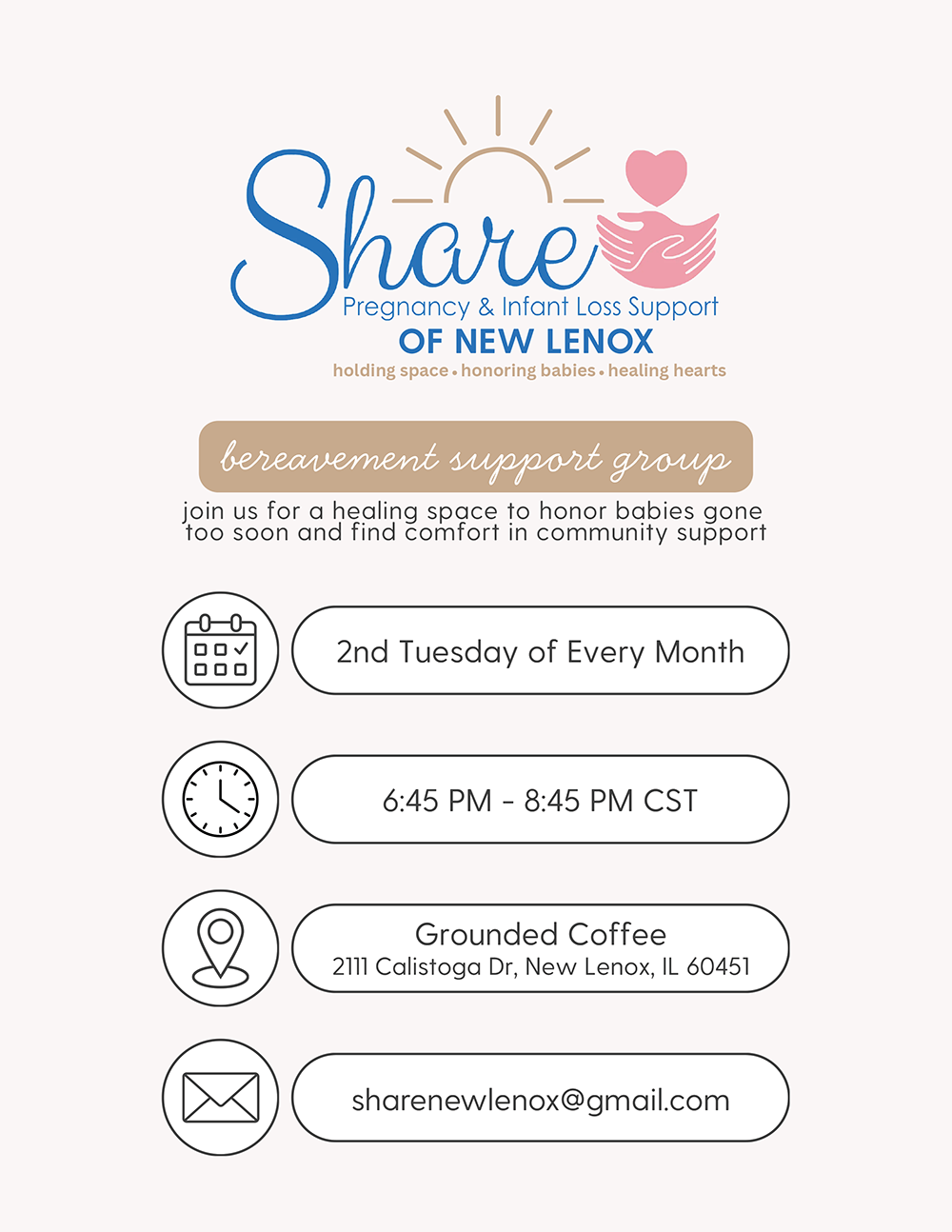
A hysteroscopy mainly identifies and diagnoses uterine irregularities that cause abnormal bleeding. The procedure allows surgeons to examine the uterus using a hysteroscope, a thin tube inserted through the vagina.
The lighted tube helps examine the cervix and uterus and can be used to confirm other test results. Apart from being a diagnostic tool, hysteroscopy is also a treatment process. Find out what happens during a hysteroscopy.
When to Get a Hysteroscopy
Hysteroscopy is often used to identify and treat abnormal uterine conditions, including irregular spotting, heavy menstrual bleeding, and bleeding after menopause. The doctor may perform the procedure to diagnose and treat several uterine conditions. These include:
Fibroids and polyps.
Uterine adhesions.
Uterine septum or uterus defect.
A hysteroscopy can also help:
Locate an IUD (intrauterine device)
Diagnose the cause of fertility problems or repeated miscarriages
After birth, to detect and remove placental tissue
Candidates for Hysteroscopy
The doctor will conduct a comprehensive examination to determine if one is a candidate for hysteroscopy. Reviewing the medical history, evaluating the current health, and a physical exam will determine if the treatment is appropriate.
Those who should not get the procedure include pregnant women and a patient with a pelvic infection. If you are a good candidate, the doctor will explain the process and answer any questions you may have.
Scheduling a Hysteroscopy
Surgeons usually schedule the procedure the first week after menstrual periods. It allows for the best view inside the uterus. Patients with irregular periods need to work with the surgeon to determine the best time for the hysteroscopy. For patients who have gone through menopause, the procedure can be conducted at any time. Before the treatment, you will receive instructions on how to prepare.
During a Hysteroscopy
Before the hysteroscopy, the doctor will instruct the patient to empty their bladder. Patients may receive a sedative or anesthesia to help them relax. This will depend on where the procedure is performed.
The patient will lie on the exam table, legs in stirrups. After using an antiseptic solution to clean the vagina and cervix, the doctor will conduct a pelvic exam. Next, the cervix is dilated or opened to insert the hysteroscope. It is inserted through the vagina and cervix into the uterus.
A gas or liquid solution is sent through the hysteroscope into the uterus. It helps expand and clear the uterus of any mucus or blood. It allows the doctor to view the uterus lining, uterus, and fallopian tubes. The hysteroscope light makes inspecting the uterine cavity and fallopian tube openings easy.
If surgery is necessary, surgical instruments can be inserted through the hysteroscope to remove any abnormalities. The procedure can last anywhere from five minutes to over one hour, depending on if it is diagnostic or operative.
After a Hysteroscopy
The time spent at the clinic after a hysteroscopy will depend on whether the patient received anesthesia. It is usually considered minor surgery that does not require an overnight stay in the hospital. Light bleeding and cramping are expected after the procedure and may last a few days.
It is not unusual to feel sick or weak immediately after treatment. Hysteroscopy is precise and minimally invasive, allowing doctors to diagnose and treat health conditions. It is a safe procedure that does not cause damage to the surrounding tissue.
For more on what happens during a hysteroscopy, visit Partners in Obstetrics & Women’s Health at our office in New Lenox, Illinois. Call (815) 240-0554 to book an appointment today.









